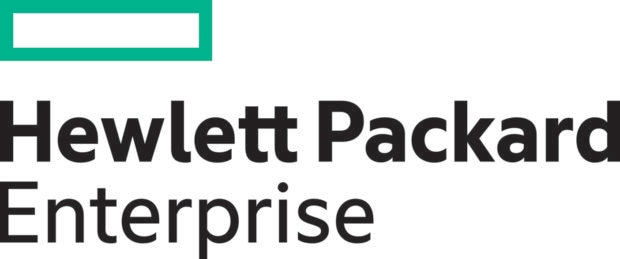December 06, 2018
Amid Hyperconvergence Options, HPE SimpliVity Stands Out for VMware Shops
There’s a lot to like: reuse of the familiar VMware environment, all-flash design and features that cost extra with other platforms.

The broad selection, however, can make it challenging for IT staff to determine which solution matches their unique environment and business requirements. If you’re comparing HCI platforms, there are several reasons why HPE SimpliVity belongs on your short list.
Built-In Features Speed Up Virtual Machine Management
For starters, SimpliVity leverages your staff’s familiarity with VMware, so they don’t have to spend time learning a new graphical user interface. In fact, that’s one reason that I can teach IT departments how to use SimpliVity throughout their organizations in about 20 minutes.
Take SimpliVity’s rapid cloning feature, by itself a big reason to consider SimpliVity. Just right-click on a virtual machine and select “clone,” and the process is complete in less than 60 seconds — even for a 1-terabyte VM — versus a good 20 minutes in VMware. That’s barely enough time to pull up the task list in VMware’s GUI to check on its completion status (and if you want to do that, you already know where to look).
SimpliVity also provides a “quick restore” option for VMs — another valuable feature that, like rapid cloning, isn’t included in other HCI solutions. Even if you already have a backup platform, the quick restore feature is worthwhile because it works with individual VM resources. That eliminates the step of using the backup platform’s software, which slows down the process and could potentially corrupt data.
SimpliVity is a particularly good fit for enterprises with a lot of branch offices. For example, it enables WAN-optimized links between sites to speed up the process of moving VMs. Suppose you want to put a two-node cluster at each office; rather than spending money for switching that can handle 10 gigabits per second, you can use SimpliVity to daisy-chain them together.
This design also lets you keep data at each site rather than having it reside on a storage area network back at headquarters. That localization ensures compliance for offices in countries, such as China, that restrict data ingress and egress involving foreign sites.
Smart Pairings Boost the Value of the SimpliVity Solution
SimpliVity also is an example of why IT departments often turn to CDW for help in identifying the right HCI solution. Our partnerships with all major vendors gives us deep insights into the future development of their products.
With Intel set to release a “ruler” form factor solid-state drive, it’s clear that it will be an ideal match for SimpliVity’s all-flash architecture. This SSD is a game changer for the way it packs into a tiny footprint an amount of capacity that used to require multiple racks, eliminating the need for traditional monolithic SANs. It also lets multiple VMs on a node share that storage capacity. These and other capabilities will further spur HCI adoption and increase SimpliVity’s value proposition.
If you want to try SimpliVity, CDW can provide the necessary gear for up to 90 days. And when you’re ready to take the plunge, we also offer professional services, such as design and installation.
The bottom line is that SimpliVity offers a lot of bang for the buck. You get a host of features that, with other solutions, would require additional licenses or third-party software. And because it leverages what your team already knows about VMware, the learning curve is relatively flat — meaning you can start reaping the benefits of HCI almost immediately.
Visit CDW.com/HPE to learn more about transformative HPE technologies.
This blog post brought to you by:

